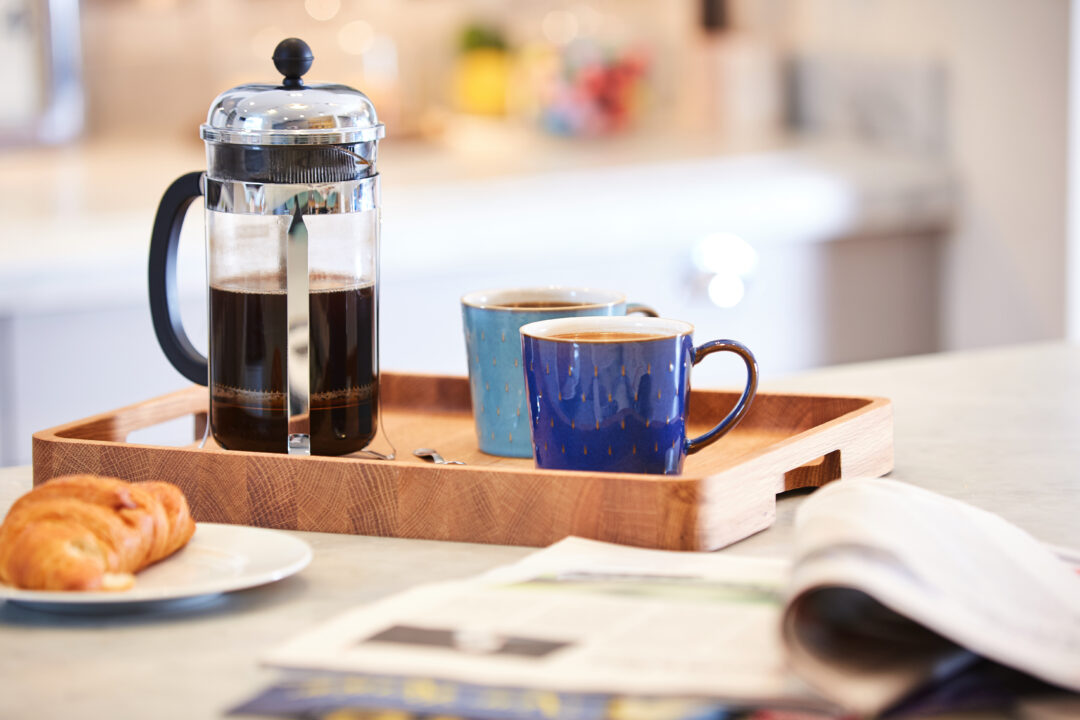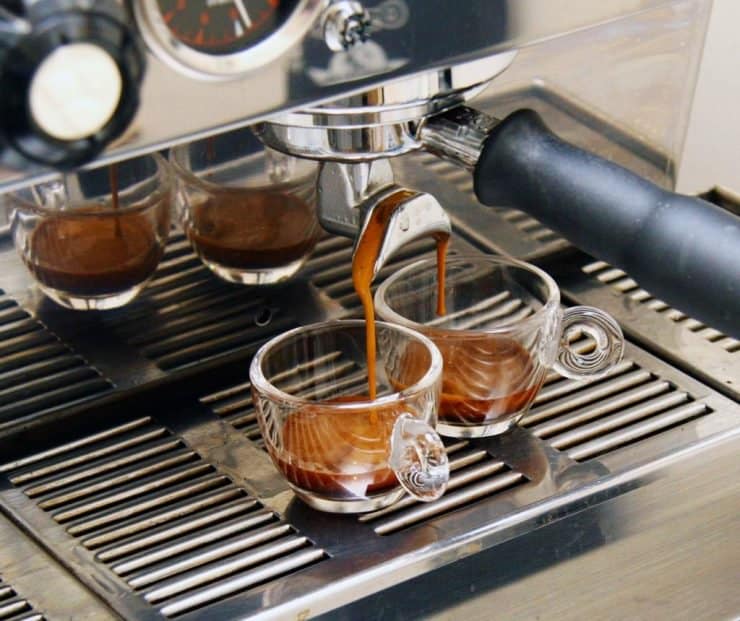The Ultimate Comparison of Popular Coffee Brewing Methods for Home Baristas
The Ultimate Comparison of Popular Coffee Brewing Methods for Home Baristas
Blog Article
Exploring the Art of Coffee Brewing: A Comprehensive Overview to Perfecting Your Cup
The art of coffee developing is a complex technique that combines science with personal expression, where the choice of beans, water quality, and developing approaches merge to develop a refined sensory experience. Comprehending the nuances of numerous coffee beans, specifically the differences between Arabica and Robusta, is important for any fanatic.
Comprehending Coffee Beans
To absolutely appreciate the art of coffee developing, one need to initially comprehend the fundamental element: coffee beans. Coffee beans largely fall right into two classifications: Arabica and Robusta.

Moreover, the processing technique-- whether cleaned, all-natural, or honey-- affects the beans' final taste. Comprehending these components permits brewers to select the ideal beans that align with their preferred flavor profile, eventually boosting the coffee developing experience. coffee brewing methods. This understanding is essential for anybody striving to grasp the craft of brewing the best mug of coffee
Developing Approaches Explained
Many enthusiasts find that the choice of brewing method considerably impacts the final flavor and fragrance of their coffee. Each approach harnesses various removal strategies, affecting the coffee's personality and richness.
Drip brewing, one of the most preferred approaches, makes use of a machine to drip hot water via ground coffee, generating a clean and consistent mug. French press, on the various other hand, immerses coffee grounds in warm water, permitting for a fuller body and more robust flavor, as oils and great fragments continue to be in the brew.
Pour-over brewing offers a meticulous strategy, where water is by hand poured over coffee grounds, enabling for exact control over extraction time and temperature, causing a nuanced and brilliant cup.
Coffee, a concentrated coffee brewed under stress, is understood for its strong flavor and creamy texture, acting as the base for different coffee beverages, consisting of coffees and cappucinos.
Necessary Tools Needed
What equipment is essential for making a wonderful cup of coffee? The structure of any effective coffee brewing procedure lies in quality tools tailored to your recommended approach. First of all, a trustworthy coffee grinder is critical; newly ground beans considerably boost flavor and fragrance. Opt for a burr grinder, which makes certain uniform fragment size, necessary for optimal extraction.
Next, consider your developing tool. Options range from drip coffee machine and pour-over arrangements to French presses and coffee machines. Each technique uses distinctive flavor profiles and brewing strategies, so choose one that lines up with your taste choices.
A precise scale is also vital, permitting you to measure coffee and water accurately, which is important for consistency. Furthermore, a thermometer can help keep track of water temperature, as it directly influences extraction high quality.
Mastering Water High Quality
The top quality of water utilized in brewing coffee plays a significant role in determining the last taste profile of the cup. Various factors add to water high quality, including mineral content, pH degree, and total purity. Ideally, water ought to be devoid of impurities and pollutants, as these discover this info here can adversely influence the taste of coffee.
Minerals, such as calcium and magnesium, enhance the removal of tastes from the coffee grounds, while keeping a well balanced pH degree-- around 6.5 to 7.5-- is crucial for ideal extraction. Water that is also soft may lead to under-extraction, causing sour or weak tastes, while excessively hard water can generate a bitter or severe mug.
For the finest results, filtered water is recommended, as it lowers the existence of chlorine and other unfavorable substances usually discovered in faucet water. Furthermore, consider utilizing water with a Total Dissolved Solids (TDS) level in between 150-200 ppm, which is typically optimal for coffee brewing. By read what he said grasping water top quality, you can lay a solid structure for achieving a constantly excellent mug of coffee, permitting the distinct features of your chosen beans to radiate through.

Tips for Flavor Improvement
Enhancing the flavor of your coffee can considerably boost your brewing experience and draw out the one-of-a-kind nuances of your selected beans. To accomplish this, take into consideration several crucial variables that influence taste.
Firstly, the grind dimension plays an essential function. A finer work raises extraction, resulting in bolder flavors, while a coarser grind returns a milder mug. coffee brewing methods. Readjust your grind according to your brewing method to accomplish ideal outcomes
Secondly, try out mixture time. Over-extraction can bring about anger, while under-extraction cause a sour taste. Aim for a brew time that balances these extremes, typically between two to 4 minutes, depending upon your approach.
In addition, temperature level is an essential aspect. Brewing with water that is as well hot can scorch the coffee, while water that is too amazing may stop working to draw out sufficient flavor. The optimal temperature range is 195 ° F to original site 205 ° F(90 ° C to 96 ° C)
Conclusion) )))) To conclude, the art of coffee brewing is a multifaceted practice that needs a deep understanding of numerous aspects, including bean choice, brewing methods, and water top quality. Proficiency of necessary devices and interest to detail in work dimension, brew time, and temperature are critical for attaining ideal extraction. By integrating these parts, coffee lovers can raise their brewing strategies, leading to a cup that not just pleases personal choices yet likewise showcases the rich intricacy of coffee tastes.
The art of coffee developing is a diverse technique that merges scientific research with personal expression, where the selection of beans, water quality, and developing methods assemble to develop a refined sensory experience.To absolutely appreciate the art of coffee developing, one have to first recognize the foundational aspect: coffee beans. Developing with water that is too hot can swelter the coffee, while water that is as well great may stop working to remove adequate flavor. In verdict, the art of coffee brewing is a diverse technique that requires a deep understanding of different components, including bean choice, brewing approaches, and water quality. By integrating these elements, coffee fanatics can elevate their brewing methods, resulting in a mug that not just pleases personal preferences however additionally showcases the abundant complexity of coffee flavors.
Report this page